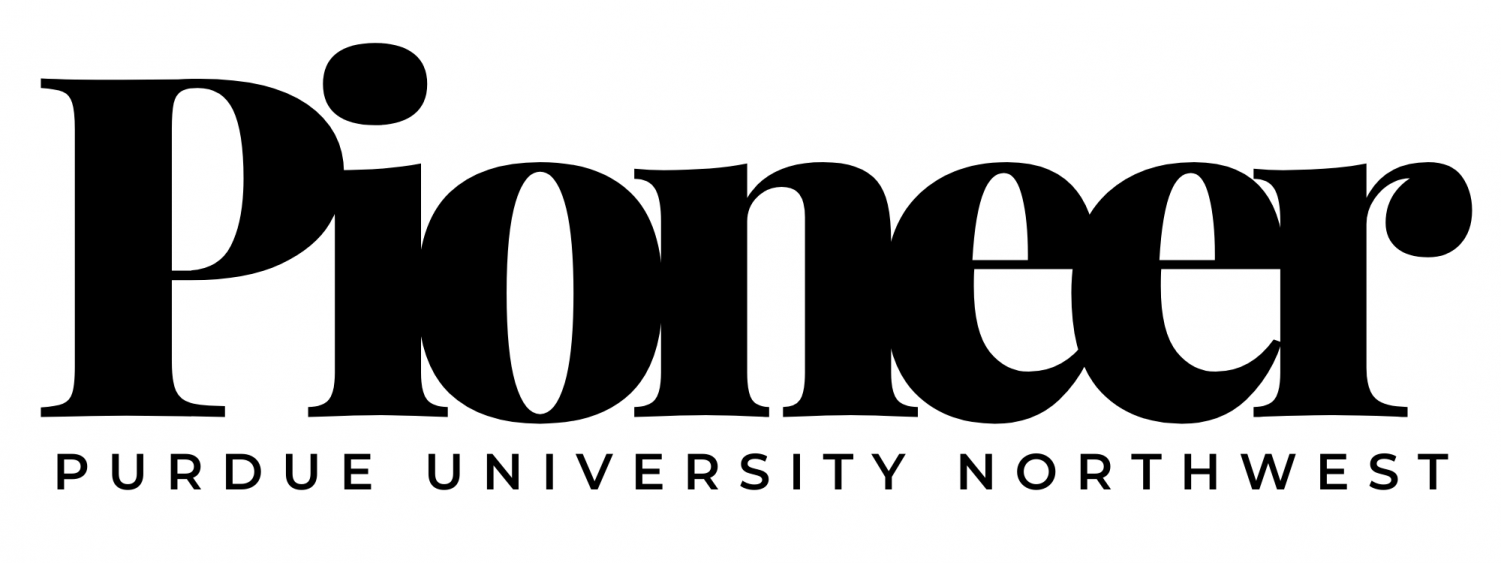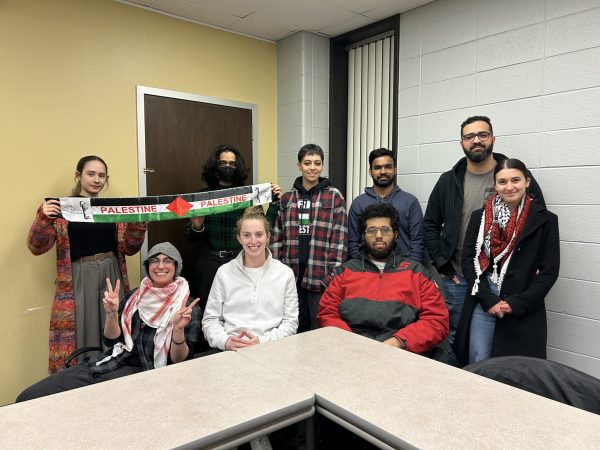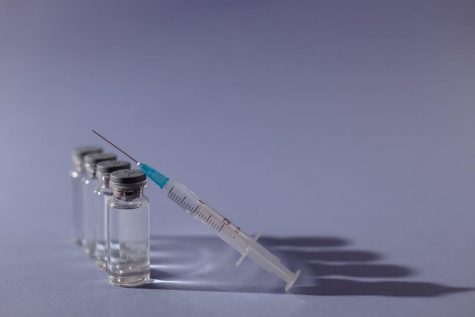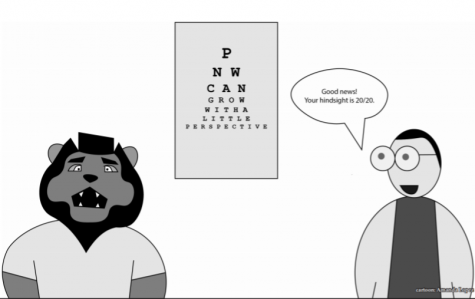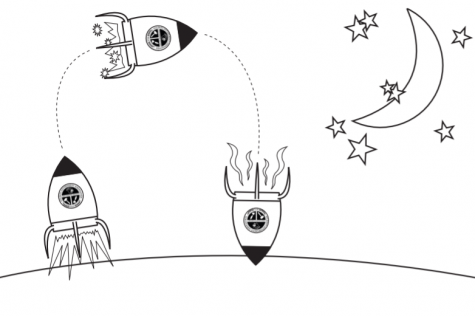Column: Growing pains unsurprising for PNW athletics
Like the saying goes, you have to crawl before you walk and walk before you run. Throughout PNW’s first season as a member of the NCAA Division II Great Lakes Intercollegiate Athletic Conference, all of the teams have losing records so far.
Excluding individual sports like cross country and golf, PNW’s combined record for all teams up to this point is 18-77-3. That equates to a winning percentage of roughly 18 percent. Last season, PNW’s final year as a member of NAIA Division II Chicagoland Collegiate Athletic Conference, PNW sports had a combined record of 150-114-6, good enough for a winning percentage of approximately 55 percent.
That’s quite a drastic drop off, especially when you consider teams that were routinely successful in the CCAC, like women’s basketball led by head coach Tom Megyesi which currently holds a 1-7 record, are off to a rough start. But before anyone gets too worked up, it would be wise to step back and realize that while the results might not be pretty, and even downright ugly at times, this is a transition period for PNW sports that virtually all schools that have made a transition to a higher level of play have experienced.
Any knowledgeable sports fan will tell you that this is unsurprising and even expected. Across the board, the talent level of the GLIAC is much higher than that of the CCAC. Schools in the GLIAC recruit better high school athletes than those of the CCAC, and it is not at all unusual when an athlete from the GLIAC makes it to the next level as a professional, something which is much less common in the CCAC.
In fact, you might as well get used to the struggle. It is unlikely that PNW will be satisfactorily competitive next season, or even the season after that. PNW should expect steady improvement, but it might be five years or more before PNW settles into the NCAA and is able to compete with opposing schools on a regular basis. It is a major transition and one that will take several years of recruiting and developing higher caliber players before teams are competing for GLIAC championships against schools who have been in the GLIAC for years.
But, if everything goes right, PNW should eventually be back to a level of winning and respectability that there were in the CCAC while even producing the occasional player who goes on to play professionally.
The important thing is that PNW is now in the NCAA, taking their losses and learning and improving. The former Purdue University Calumet had its sights set on the NCAA before the idea of unifying PUC and the former Purdue University North Central even existed as a consideration. After unification of the two universities was confirmed, advancing to the NCAA was the next logical step, not just for athletics, but the university as a whole. The NCAA provides a whole host of benefits and privileges that simply did not exist in the NAIA, and as PNW continues to progress from two regional universities under the Purdue name to a full-fledged university aimed at becoming the premiere venue of higher learning in the Northwest Indiana region, those benefits and privileges will become even more obvious.
It is common for alumni of the former PUC and PNC to say they graduated from Purdue University without specifying the campus, due to a perception of being inferior to the flagship West Lafayette campus, but in due time, alumni can be proud to say they graduated from PNW, and PNW’s role as a member of the NCAA will go a long way in helping to get there.

